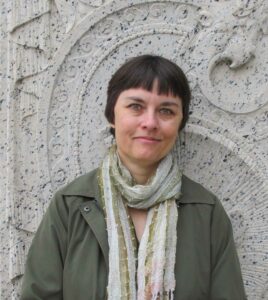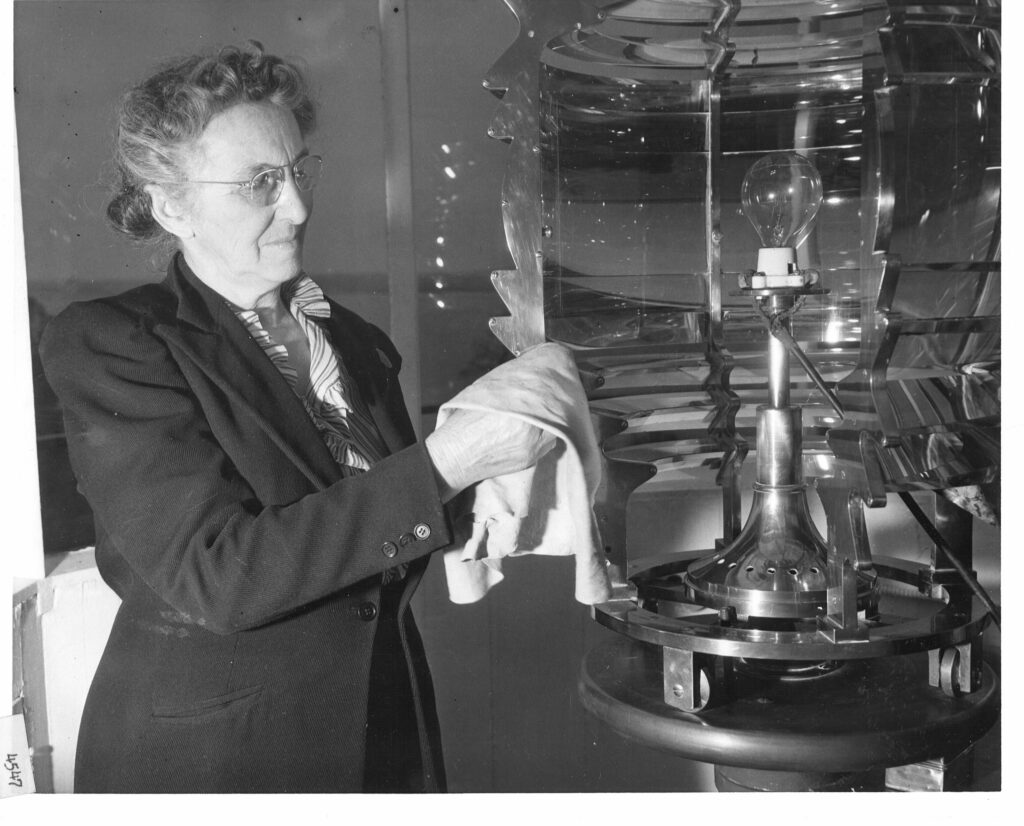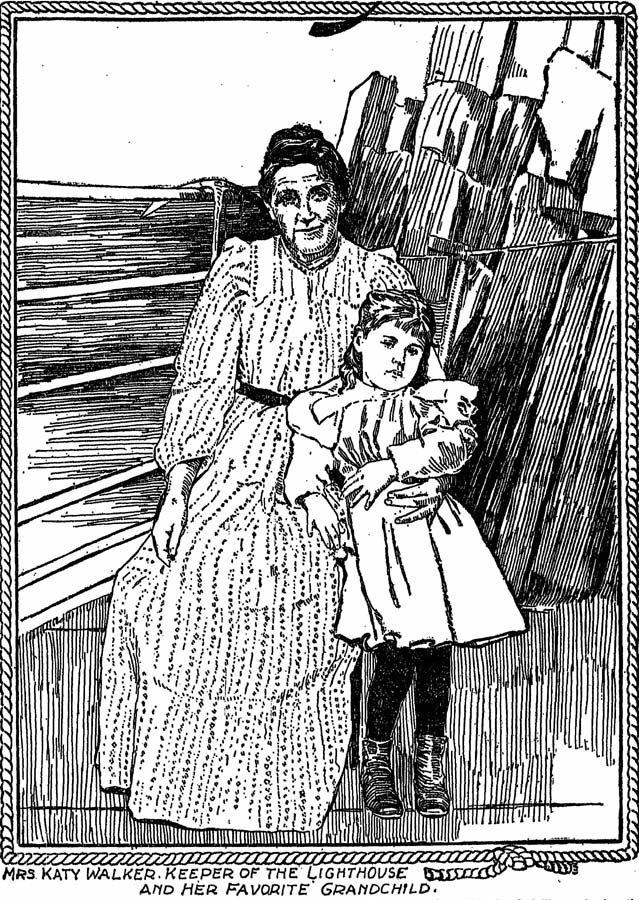
Kate Walker here, keeping the light on Robbins Reef.
Much excitement here. The United States Lighthouse Society has announced the arrival of the J. Candace Clifford Lighthouse Research Catalog. We all knew that Candace and Tom Wheeler were creating the software for it when she died.

As soon as I heard the good news, I logged on and browsed. The first subject heading that caught my eye was “Privys.” I immediately went there because I had been planning to write an essay on privys. (“Privies?”) Would you believe that someone has collected photos of 29 privys at lighthouses around the country? Think how essential a privy was at a lighthouse before
plumbing was available. If the privy was attached to the keeper’s dwelling, as mine was, it was no hardship. But if the privy was detached and required a hike outdoors, it would have been a challenge in the winter for the keeper’s family in those lighthouses on the Great Lakes. Little kids who couldn’t make it through the night used a pail with a close-fitting lid.

Some source of drinking water was needed as well. Many lighthouses collected rain water in a cistern, as we did. The Clifford Research Catalog
has a category for “cistern” with photos of a number of examples. They come in many shapes and sizes. During the Civil War the water from the cistern at Ship Shoal Light Station in Louisiana made the keepers sick because its interior was painted with lead-based paint.
Think how elated a keeper’s family would be when a bathroom was finally installed. That began happening around 1900, depending, of course, on how accessible the lighthouse was to local water mains and utilities that were being installed.
The same was true of electrification, which made a huge difference in a keeper’s workload. It eliminated the daily task of cleaning the lamps and the Fresnel lens.. Electricity was not available at Turkey Point Light Station until 1943. Before that keeper Fannie Salter made four or five trips a day to the top of the tower.

When a 100-watt electric bulb was placed inside her Fresnel lens, increasing the light to 680 candlepower, her time-consuming duties were reduced to single flip of a switch. Then one trip a day up the tower kept the light in working order. Only during cold weather were additional trips necessary to defrost the huge windows in the lantern surrounding the light.
Two other major changes greatly affected the keeper’s routine—radio and telephone—both introduced in the 1920s. Radio made it possible for ships to communicate with shore and with each other. A telephone made it possible to seek help in an emergency. These inventions soon led to the automation of lights that were well situated to make use of electricity.
So take a look at the J. Candace Clifford Lighthouse Research Catalog. You never know that you might find.
************

Information is from Clifford, Women Who Kept the Lights, p.106.
Candace Clifford was the U.S. Lighthouse Society historian from 2016 until she passed away in August 2018. She worked for 30 years with lighthouse history. She also worked with the National Parks System and the Council of American Maritime Museums. She was a noted historical author and the most knowledgable person on lighthouse historical information at the National Archives. Books by Candace Clifford include: Women who Kept the Lights, Mind the Light Katie, a History of Thirty-eight Female Lighthouse Keepers and Maine Lighthouses, Documentation of their Past.

